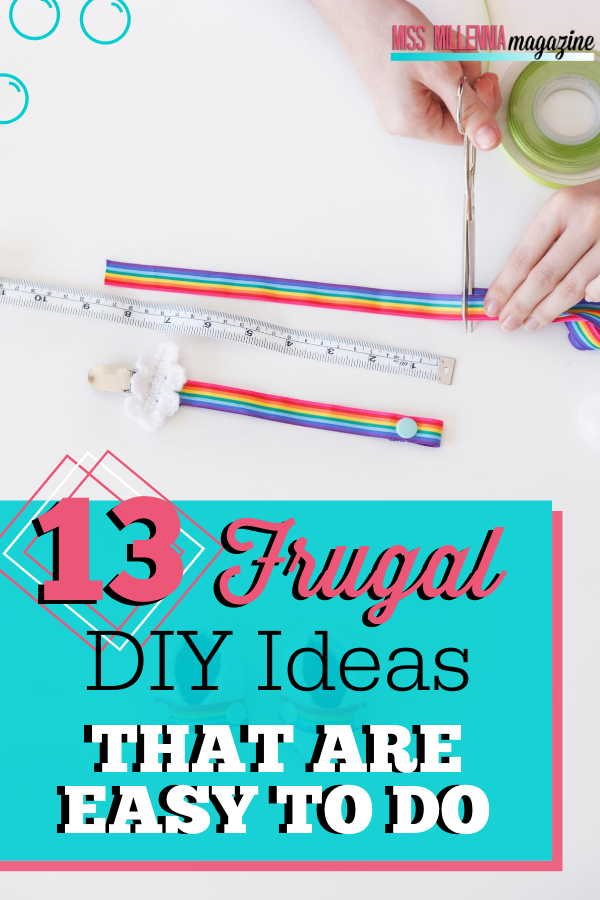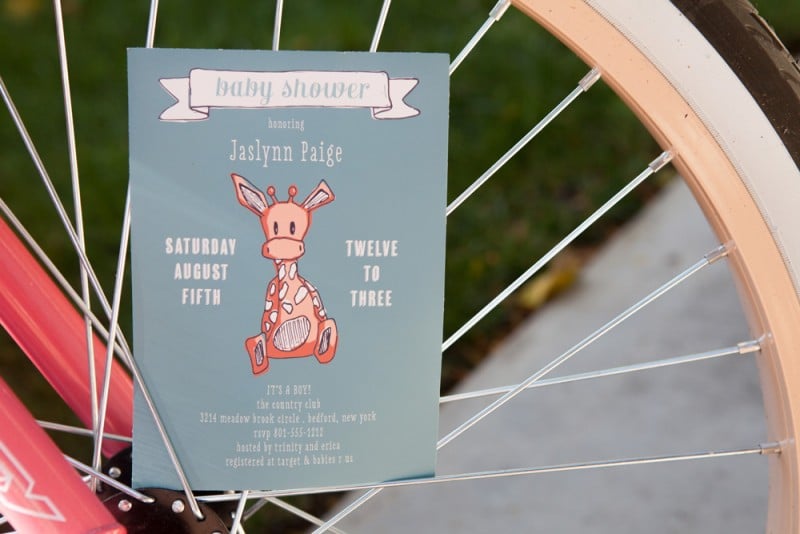The DOs and DON’Ts of Black Friday Shopping
It is officially the holiday season, and you know what that means…Black Friday shopping!
Black Friday is the biggest shopping event of the year, where you can get great deals. If you love to shop (and have seen all the early Black Friday shopping ads), you look forward to this day every year since it is the official first day of the Christmas shopping season. You probably can’t wait to eat a delicious Thanksgiving meal and head to the mall.
I understand…I feel the same way.
Recently, though, I had a very different Black Friday experience. Instead of taking advantage of the fantastic sales at all of my favorite stores, I worked a six-hour shift at a clothing store in the mall. This was my first time experiencing Black Friday as a retail worker, and it completely changed my perspective on the day. I learned much about Black Friday etiquette and wanted to share my list of the most important Dos and Don’ts for this exciting shopping holiday.
DO: Be Mindful of the Sales
Not all stores will have sales that are worth going wild over. Just because it’s Black Friday doesn’t mean you should forgo logic. One way to help prevent buyer’s remorse the next day is to list everything you want or need to buy while Black Friday shopping and a budget and stick to it as best you can. Take some time browsing your favorite stores’ websites to get a sense of the products and sales ahead of time.
If you are wondering what some of the hot items are going to be this year for Black Friday and Cyber Monday 2019, below are a few:
This will help you refine your list, and you can better understand how much you will be spending. It might turn out that if you buy everything on the list, it will cost a lot of money! It’s better to figure that out now than Saturday morning when you check your online banking account. Or, if you are shopping for the fun of it, give yourself a maximum budget and do not go over it.
Ebates has a great list of some of the best sales this year. You can check them out here.
Don’t Get Caught Up in the Black Friday Shopping Craze
Avoid being swept away by the Black Friday Shopping Craze! You are a strong, independent thinker who can make rational shopping decisions despite the mass hysteria. Don’t go into debt in one day!
Instead, set a holiday budget for yourself. How much will you spend on gifts this year? And who needs assistance?
These are not decisions that should be made in the store. That is the start of things going out of control.
Step 1: List everyone who needs a gift this year.
Step 2: Decide how much money you will spend on gifts this year.
Step 3: Divide the number of people who need a gift by the amount you are willing to spend. This should give you an average of what you should consume per person. So long as you do not exceed the standard for each person, you should be good to go!
DO: Have Reasonable Expectations of Employees
Retail workers want to help customers—it’s the central part of our job!
On a typical day, I’d be happy to spend an hour walking through the store with a customer to help them assemble the perfect outfit for a special occasion. On Black Friday, though, this sort of thing is impossible. It’s perfectly understandable to expect assistance from employees, even on a day as busy as this, but you can’t expect to receive individual attention for an extended period.
Can someone check the back to see if your size is in stock? Sure!
Not sure where to find denim jackets? We’d be happy to help.
Do you need our opinion on whether an outfit matches? So there for that.
However, retail workers will probably not have the time or energy to go the extra mile as they might on a typical day. They choose to be a particularly demanding customer, while Black Friday shopping will probably leave you disappointed and frustrated.
Don’t Hide Items to (Maybe) Come Back For Later
Shoppers hide items in stores more frequently than you might think. Unfortunately, it’s a behavior that becomes even more popular on Black Friday.
Bringing orders back to a store after Black Friday is even more difficult when you find a shoe hidden behind a stack of sweaters or a pile of t-shirts thrown into a corner on the floor. If you are contemplating a purchase, ask one of the employees to put it on hold, just like on any other day. Remember that some stores have a policy of not holding items on Black Friday. At that point, you need to be decisive.
Additionally, hiding merchandise is inconsiderate of other customers. If you aren’t ready to commit, maybe it’s not exactly what you want, and you can move on.
DO: Be Respectful of Those Around You
Other shoppers and retail workers are all trying to enjoy themselves amidst the hectic environment on Black Friday. On Black Friday, I worked harder than ever at my retail job, and it was a blast. When caught up in this whirlwind, you feel a unique sense of camaraderie with your co-workers.
Don’t be the customer who ruins that fun for workers and other customers. There’s no need to push or be aggressive towards other shoppers.
DON’T: Lash Out at Retail Workers
This is a rule that everyone should follow 100% of the time. Unless you know that a retail worker made a mistake, please don’t blame them for something wrong. And even if you know they are at fault and you’re really upset, do your best to express yourself kindly.
Working retail is not an easy job, and we all make mistakes. Everyone who has this job truly appreciates kind and understanding customers. Trust me.
This guideline is fundamental on Black Friday. Everyone who is working retail on this day is highly stressed out—there are way more customers than usual to attend to, the store is a mess, a child is crying in the fitting rooms, and you’ve been running around the store carrying heavy loads for the past five hours. No amount of experience can fully prepare you for this. As a customer, please remember that those working on Black Friday are people too!
DO: Shop ’Til You Drop
This is a fun day; enjoy it! This list will make everyone more mindful of their actions on this hectic shopping day. Get out there, get some holiday shopping done, and have a great time while doing it.
Black Friday shopping can be a fun day spent with friends and family. These guidelines will ensure that everyone has a positive experience. Happy shopping!
Check out this year’s gift guides to get an idea of some fantastic items to buy!
Resources
Miss Millennia Magazine’s Gift Guides











